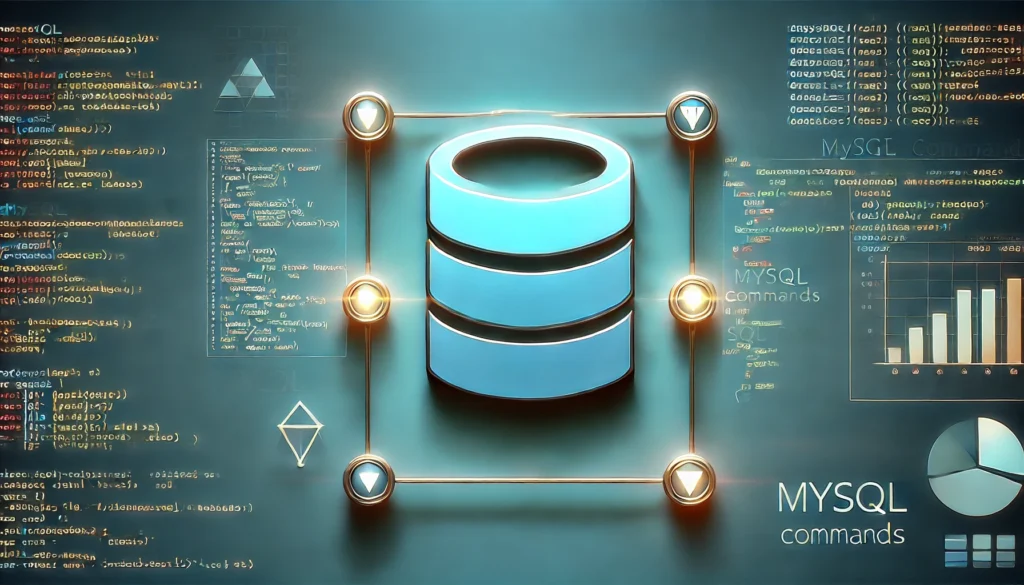The Easiest Way to Start a Free Blog Using WordPress
Starting a blog is one of the most exciting journeys you can embark on. Whether you want to share your passion, grow an online...
Read More →
Starting a blog is one of the most exciting journeys you can embark on. Whether you want to share your passion, grow an online...
Read More →
Unit 1: Nature and Purpose of Business MCQs Unit 2: Forms of Business Organizations MCQs Unit 3: Public, Private, and Global Enterprises MCQs Unit...
Read More →
The footer of a website is more than just the bottom section of your webpage; it can be a valuable spot for branding, navigation...
Read More →
When building a WordPress website, one of the most important aspects to understand is permalinks. Permalinks play a crucial role in the structure and...
Read More →
Chapter 1: Introduction to IT Chapter 2: Operating System and Software Chapter 3: Word Processing Chapter 4: Spreadsheet Chapter 5: Database Management System (DBMS)...
Read More →
In a move that has sent shockwaves across social media and the tech world, TikTok has officially ceased its operations in the United States....
Read More →
Automating certificate generation is a game-changer for events, workshops, and online classes. With the right tools, you can automatically create and email personalized certificates...
Read More →
Artificial Intelligence (AI) is a crucial subject for CBSE Class X students, focusing on real-world applications, ethics, and programming skills. To help you excel...
Read More →
Download Full Syllabus Artificial Intelligence (AI) is revolutionizing industries, creating endless opportunities, and shaping the future of work. To equip students with these essential...
Read More →
Introducing Artificial Intelligence (AI) as an optional subject in Class 10 under CBSE opens up exciting learning opportunities. However, students and parents often wonder,...
Read More →
MySQL is a powerful open-source database management system, widely used for storing and managing data. This detailed guide walks you through essential MySQL commands...
Read More →
Artificial Intelligence (AI) is reshaping the world at an unprecedented pace. From healthcare and transportation to education and entertainment, AI is becoming an integral...
Read More →
The demand for skilled web designers and developers continues to rise as the internet becomes increasingly integral to businesses and individuals alike. If you’re...
Read More →